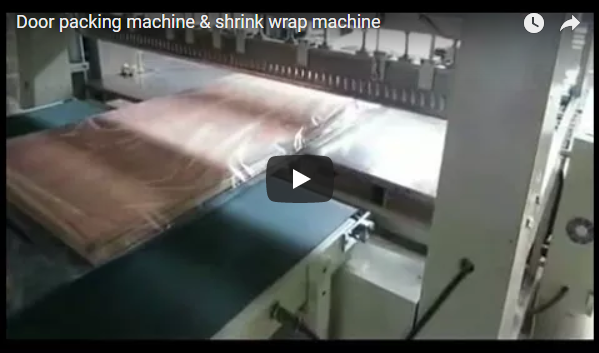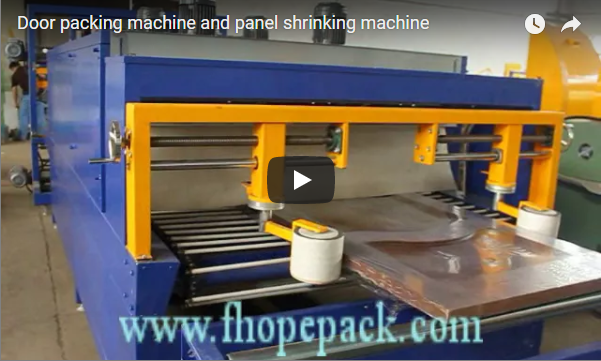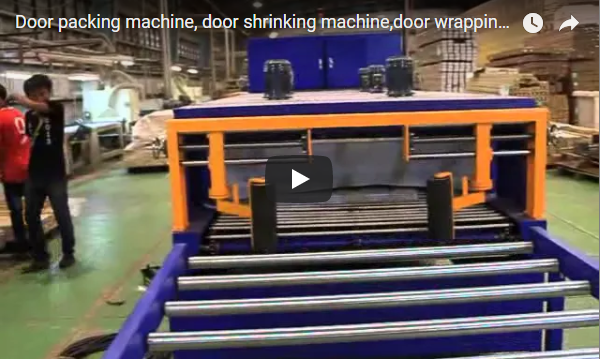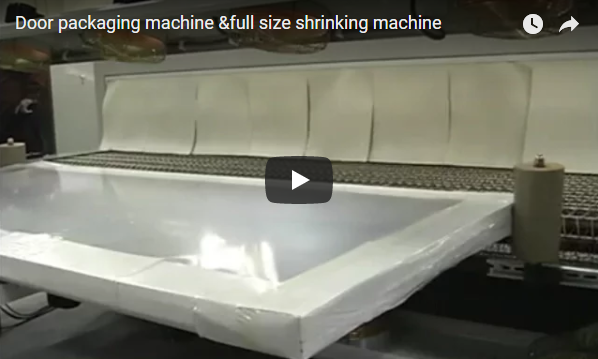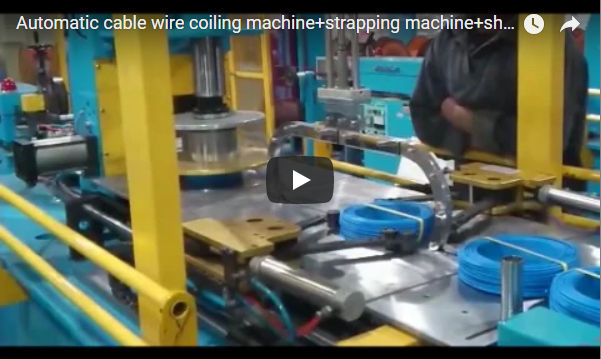Streamlining Cable Handling: A Deep Dive into Automated Coiling, Strapping, and Shrink Packing Lines
In today's fast-paced manufacturing environment, efficiency and product integrity are paramount. For cable manufacturers, the process of coiling, securing, and packaging finished products often presents significant bottlenecks. Manual or semi-automated methods can lead to inconsistencies, production delays, and even damage to valuable cable stock. This exploration delves into a comprehensive automated solution designed to address these challenges head-on: the integrated cable coiling, strapping, and shrink packing machine line.
1. The Persistent Challenge: Overcoming Manual Cable Packaging Hurdles
Nothing frustrates a cable manufacturer more than production lines stalling at the packaging stage, or worse, discovering that cable coils have arrived at their destination or storage facility damaged. Manual handling is not only labor-intensive but also prone to inconsistencies in coil tightness, strap tension, and overall package security. Key pain points include:
- Production Delays: Manual coiling and packing speeds rarely keep pace with extrusion line output.
- Inconsistent Quality: Variations in coil shape, size, and strapping tightness can affect storage and deployment.
- Product Damage: Improper handling or insufficient protection can lead to scrapes, kinks, or environmental damage.
- Labor Costs & Safety: Repetitive manual tasks increase labor costs and the risk of operator strain.
Automated systems offer a robust solution, ensuring cables move efficiently from production to storage or shipment in optimal condition.
2. The Integrated Solution in Action: Coiling and Strapping Automation
The video below showcases a typical automatic cable coiling and packing solution operating within a customer's facility. Observe the seamless transition through key stages:
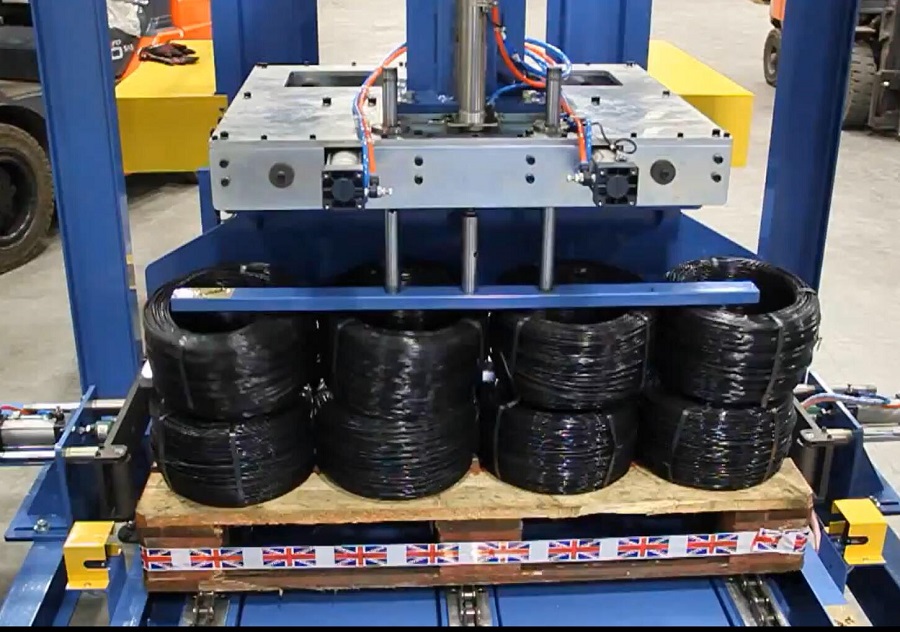
This system demonstrates:
- Precision Cable Winding: The cable is automatically fed and wound into neat, consistent coils according to pre-set parameters (length, coil dimensions).
- Automated Coil Transfer: Once coiling is complete, a robotic arm or transfer mechanism securely grips the coil and moves it to the next station.
- Dual-Position Strapping: The coil is automatically strapped at two points (or more, depending on configuration) using PP or PET strapping material, ensuring stability and preventing unwinding.
3. Adapting to Diversity: Versatile Cable Winding Configurations
Manufacturing needs vary. Different cable types, sizes, and flexibility demand adaptable machinery. Some automated lines, like the one shown below, are specifically engineered to handle a wider range of coil specifications, particularly varying outer diameters (OD).
This highlights the availability of different versions of automatic cable coil winding machine systems, ensuring a suitable solution exists for diverse production requirements. Key considerations often include the machine's ability to manage different cable stiffness levels and coil weight capacities.
4. Technical Deep Dive: Key Components of the Automated Line
A fully integrated line typically comprises several sophisticated modules working in concert:
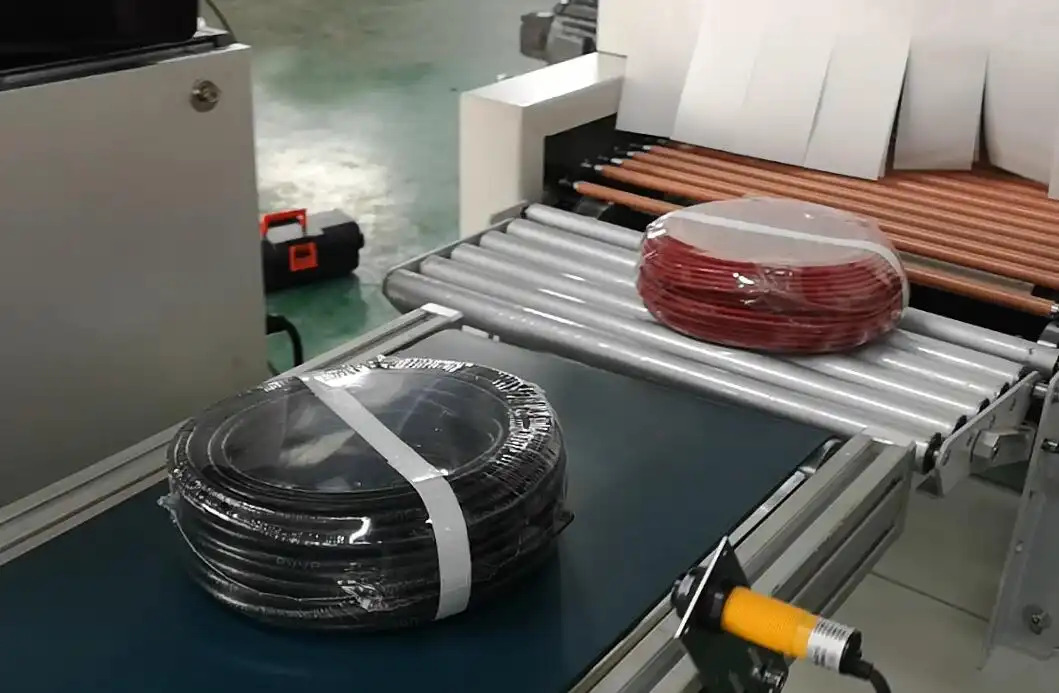
- Coiling Unit:
- Drive System: Often utilizes servo motors for precise length measurement and speed control.
- Traversing System: Ensures even layering of the cable for stable, uniform coils.
- Tension Control: Maintains consistent tension during winding to prevent cable damage and ensure tight coils.
- Cutting Mechanism: Automated cutting upon reaching the target length.
- Strapping Unit:
- Strap Feeder & Sealer: Reliable feeding, tensioning, sealing (typically heat or friction weld), and cutting of PP or PET straps.
- Strapping Head(s): Positioned to apply straps at optimal points on the coil circumference. Configuration can range from single-head to multi-head systems.
- Shrink Wrapping Unit (Optional but Recommended):
- Film Applicator: Encases the strapped coil in polyethylene shrink film.
- Heat Tunnel: Applies controlled heat to shrink the film tightly around the coil, providing excellent protection against dust, moisture, and abrasion. This step is crucial for outdoor storage or long-distance shipping.
- Control System:
- PLC (Programmable Logic Controller): The "brain" coordinating all machine actions.
- HMI (Human-Machine Interface): Touchscreen panel for setting parameters (coil length, diameter, strapping positions), monitoring status, and diagnostics.
- Integration: Designed to potentially integrate with upstream (extrusion line) and downstream (palletizing, conveying) systems.
Typical Parameter Ranges (Example - actual specs vary by model):
- Cable Diameter: 5mm - 50mm+
- Coil Outer Diameter: 300mm - 1000mm+
- Coil Inner Diameter: 150mm - 500mm+
- Coil Width/Height: 50mm - 500mm+
- Coil Weight: Up to 100kg+
- Coiling Speed: Variable, often matched to extrusion line speed.
- Strapping Material: PP/PET, width/thickness specified by application.
5. Tangible Benefits: Why Manufacturers Embrace Automation
Investing in automated cable coiling and packing lines delivers significant operational advantages:
- Increased Throughput: Dramatically speeds up the packaging process, eliminating bottlenecks.
- Reduced Labor Costs: Frees up personnel for higher-value tasks, reducing reliance on manual labor.
- Enhanced Consistency: Produces uniform coils and secure packages every time, improving brand presentation and handling.
- Superior Product Protection: Strapping secures the coil, while shrink wrapping adds a vital layer against environmental factors and handling damage.
- Improved Safety: Reduces manual handling risks associated with lifting heavy coils and operating strapping tools.
- Optimized Material Usage: Precise control over strapping and film application minimizes waste.
From our experience, manufacturers often report payback periods well within expectations due to these combined efficiencies. For more insights into general manufacturing automation benefits, resources like Automation World offer valuable perspectives.
6. Selecting the Right Automated Cable Packaging System
Choosing the optimal automated line requires careful consideration of specific production needs:
- Cable Characteristics: Type (power, data, fiber optic), diameter range, flexibility, and weight per meter.
- Coil Specifications: Required ID, OD, width, weight, and desired coil presentation (e.g., eye-to-sky).
- Throughput Requirements: Desired coils per hour/shift to match production output.
- Level of Automation: Need for integration with existing lines, data logging, remote monitoring.
- Packaging Needs: Strapping only, or requirement for full shrink wrapping protection? Potential need for automated labeling or palletizing downstream.
Working closely with experienced suppliers like Fhopepack ensures that the chosen system is tailored to meet both current requirements and potential future growth.
Conclusion: Future-Proofing Your Cable Packaging
Automated cable coiling, strapping, and shrink packing lines represent a significant technological advancement for cable manufacturers. By replacing manual or semi-automatic processes, these integrated systems deliver measurable improvements in speed, consistency, product protection, and cost-efficiency. Investing in this technology is not just about solving immediate bottlenecks; it's about future-proofing operations to remain competitive in a demanding market.
For further information on tailored automated cable packaging solutions:
Website: https://www.fhopepack.com
Email: info@fhopepack.com


